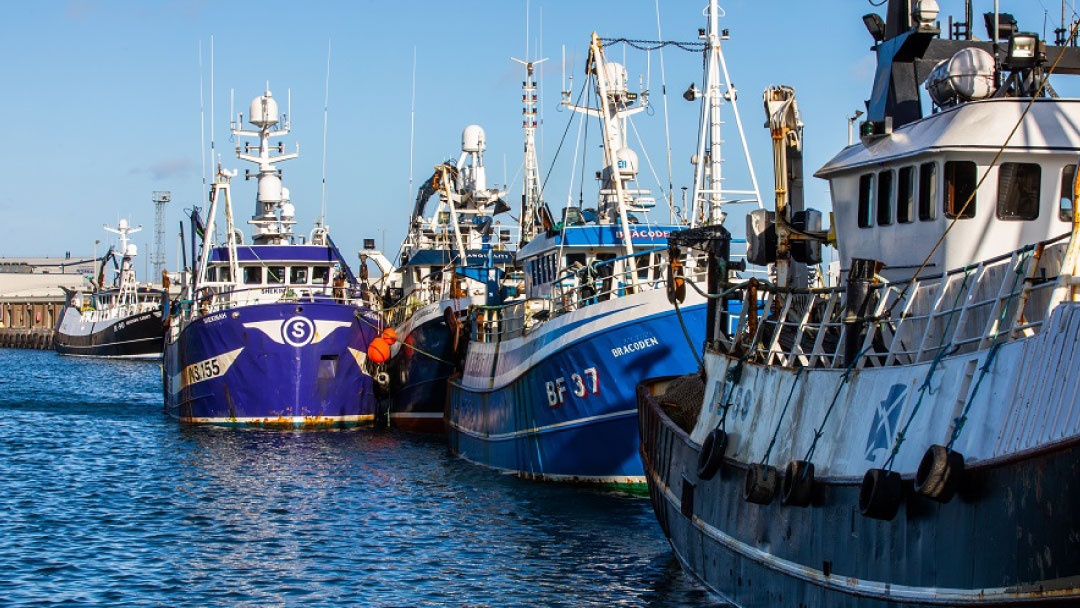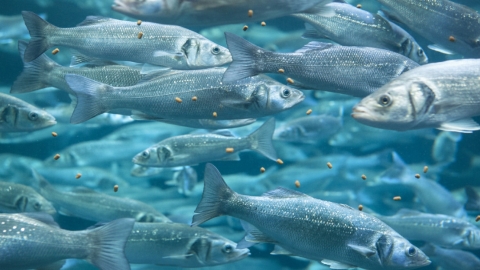
Global production fishmeal and fish oil continues to climb in 2025, according to the latest market intelligence report from the Marine Ingredients Organisation (IFFO).
By August this year, cumulative fishmeal production had increased by around 8% compared with the same period in 2024. The rise was driven by higher output across most producing regions, although Northern Europe reported year-on-year declines.
Meanwhile, fish oil production showed a 4% increase over the same period. Most countries recorded positive growth compared to January-August 2024, except for Spain and Peru, where lower oil yields during the recent fishing season contributed to the overall decline.
The data are based on statistics shared by IFFO members which together account for around 40% of global fishmeal production and 50% fish oil output.
China’s demand for marine ingredients reaches annual peak
In China, the world’s largest consumer of marine ingredients, demand has reached its seasonal high. According to the Ministry of Agriculture, domestic aquaculture production during the first eight months of 2025 surpassed las year’s levels, despite challenges from extreme weather vents, including unusually high temperatures and typhoons.
The peak season for aquafeed production and marine ingredient demand is expected to end in October, as temperatures begin to fall.
However, domestic production of marine ingredients in China has declined in the first nine months of 2025 compared to the same period in 2024. The sustained demand for fishmeal is likely to boost local production in the coming weeks.
Consumption of fishmeal in aquaculture is estimated to have exceeded 2024 levels, supported by improved profitability in several farmed species. By contrast, the pig sector faces weaker demand for piglet feed, as falling piglet prices and low producer confidence weigh on the market.
Producers have responded by reducing sow inventories and limiting repeated fattening cycles – measures expected to stabilize pig prices over time, though they may also lead to smaller overall supply of pigs and piglets.



